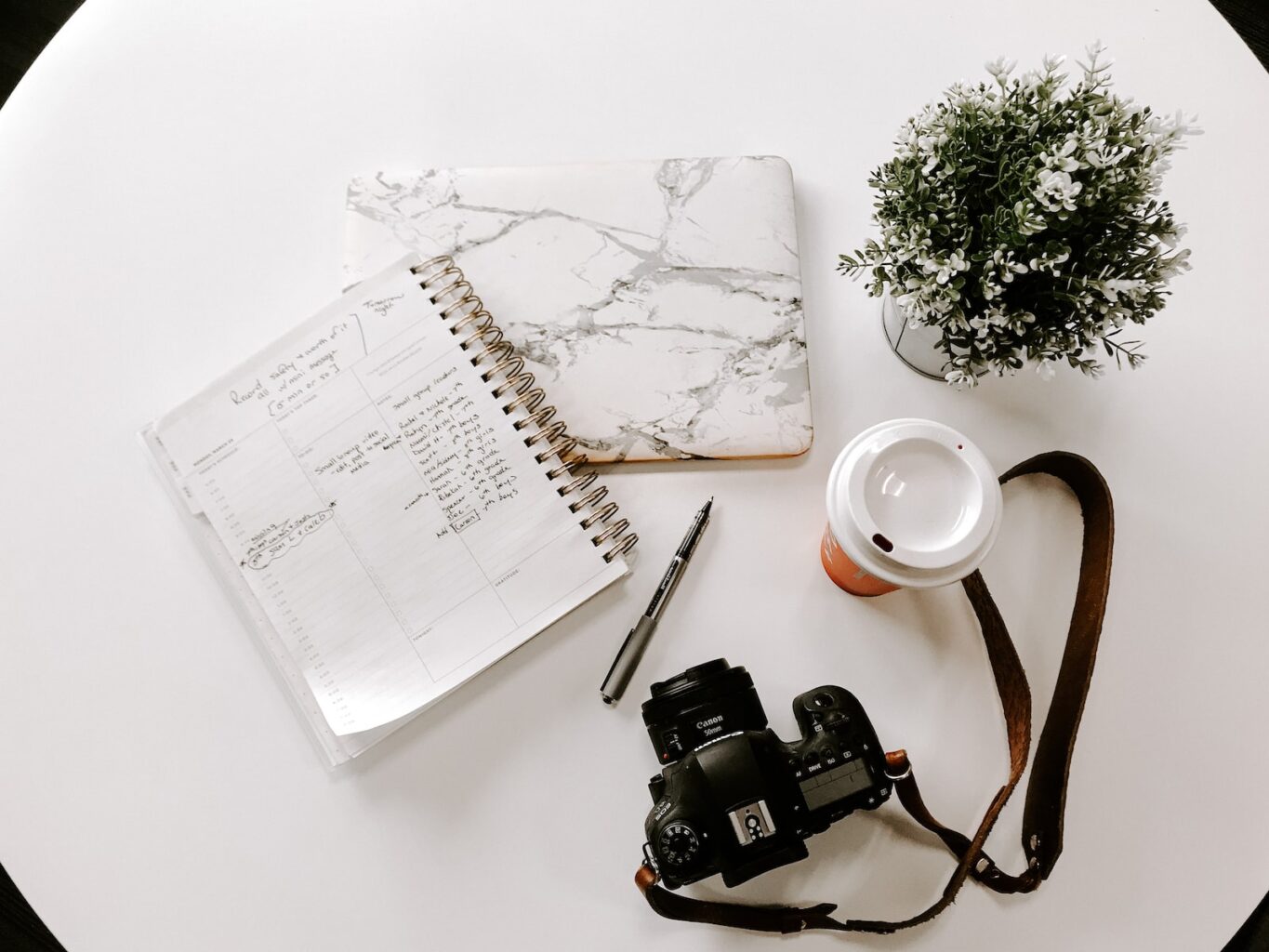I may get commissions for purchases made through links in this post. This helps me to offer you free recipes and blog posts.
Use natural light: Natural light is the best light for food photography. It’s soft, diffused, and creates a warm, inviting atmosphere. Try to find a spot near a window or even outside, where you can shoot your food in natural light.
Use a tripod: A tripod will help you keep your camera steady and reduce camera shake. This is especially important if you’re shooting in low light or using a slow shutter speed.
Experiment with angles: Food photography is all about showing off the dish in the best possible way. Experiment with different angles, such as shooting from above or at a slight angle, to find the one that showcases your dish in the most appetizing way.
Use selective focus: This technique helps you to draw attention to the food and make it stand out. You can use a wide aperture (low f-stop number) to achieve a shallow depth of field, which means that only the food in focus will be sharp and the background will be blurred.
Play with textures and garnishes: Food is not only about taste, but also about texture and appearance. Garnishes and textures can add visual interest to your photos, so think about how you can incorporate them into your shots.
Edit your photos: Editing your photos can help you enhance the color and contrast of your images, but be careful not to over-saturate the image. Some basic editing skills can be done with free software like Lightroom, Snapseed, or Photoshop Express.
Tell a story: Food photography is not just about capturing the dish; it’s also about telling a story. Consider the setting, the preparation of the dish, and the ingredients to create a narrative that will captivate your audience.
Take multiple shots: It’s always a good idea to take multiple shots of a dish, so you have a variety of images to choose from.
Use good camera equipment: While a good camera is not essential for food photography, it can help you achieve better results. A DSLR or mirrorless camera with a good lens will give you more control over your images, and additional lighting equipment can be used to enhance your shots.
Practice: As with anything, practice makes perfect. The more you shoot, the better you’ll get at composing your shots, adjusting your settings, and editing your images.

